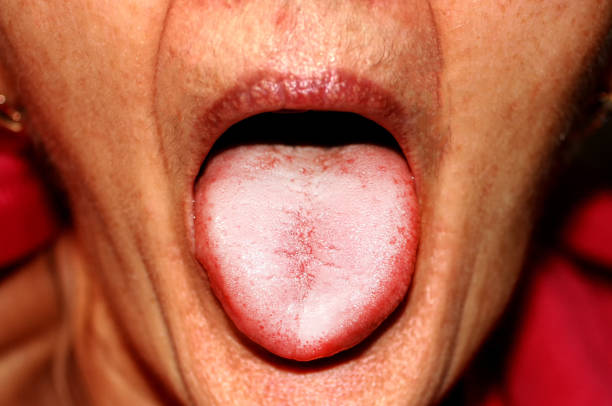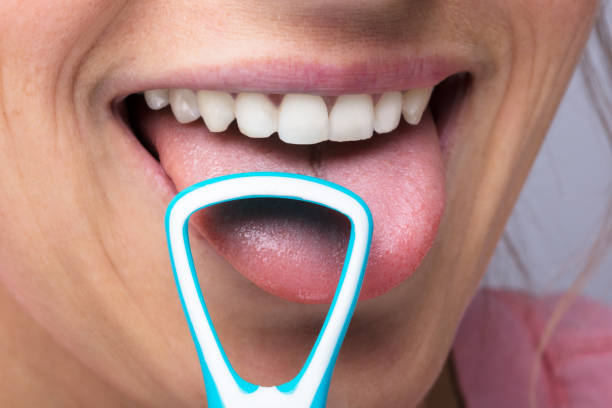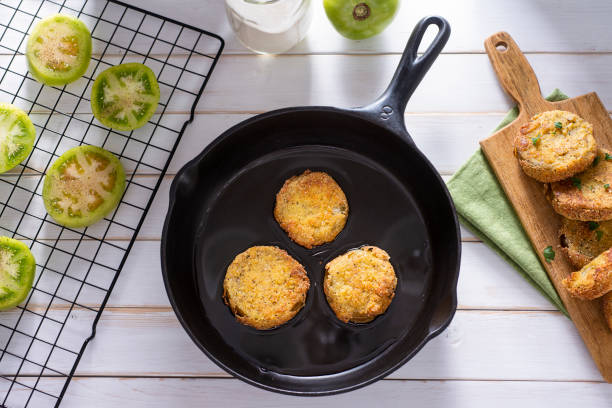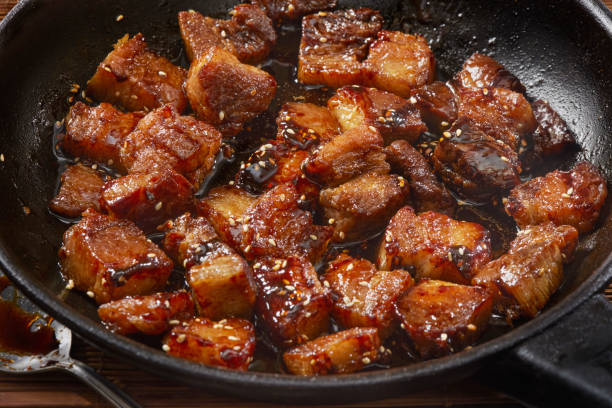Tips for cleaning the coated tongue and removing tongue coating with natural home remedies and tricks. The coating on the tongue is usually harmless. Nevertheless, tongue cleaning can be useful. This prevents bad breath, caries, and periodontitis.
The removal of the tongue coating makes sense to prevent diseases. However, a different discoloration of the tongue can also indicate a disease. If cleaning with our home remedies is not enough, you should consult a doctor.
What is a coated tongue?
You use your tongue to taste, speak, and move food around your mouth. You can also learn a lot about your health by looking at your tongue. Because it can give us information about possible diseases of the body. The healthy tongue is usually pink or pale red, moist, and smooth.

It is usually covered by a thin whitish coating. This is the lining of the tongue. It consists of germs, food remains, and old cells. But as a rule, this coating is rubbed off when eating. Consequently, a coating on the tongue is usually harmless. However, if your tongue coating becomes unusually discolored or thicker, you may have a medical condition. Therefore, a visit to the doctor may be advisable.
The causes of tongue coating
There are many causes of a coated tongue. The type of discoloration plays a role here. Because different colors indicate different diseases. Consequently, possible causes can be infectious diseases, fungal diseases, or problems with the digestive system. In addition, poor oral hygiene or certain diets can be responsible for tongue coating.
Symptoms and diagnosis
If you don’t notice any unusual coating on your tongue, you can clean your tongue with simple home remedies. If your tongue shows an unusual coloration of the tongue coating, you may have another condition. A red coating (raspberry tongue) can indicate infectious diseases such as scarlet fever. In contrast, a greyish coating can indicate anemia or iron deficiency. Also, read our tips on diet for iron deficiency. Other discolorations of the tongue are as follows:
White tongue coating
A white tongue coating tells you something about the condition of your gastrointestinal tract and your digestion. But you can also get a thick white coating on your tongue if you have a pancreas disorder or a cold. Then you should drink a lot and leave longer breaks between meals. In addition, note our natural home remedies for colds and our tips for gastrointestinal complaints.
Yellow coated tongue
Drinking too much coffee or smoking can lead to a yellow coating on the tongue. However, it can also indicate that you have a yeast infection or have bile or liver problems. If tongue cleaning doesn’t solve the problem, you should see a doctor and get the trigger cleared. Also, note our natural home remedies for lowering liver values or our tips on becoming a non-smoker.
The brownish coating on the tongue
Food such as coffee or black tea can also play a role here. And habits like smoking can also cause a brown discoloration. In addition, you can recognize a disorder of the intestine with a brown tongue coating. It can also be an indication of kidney failure. Please also note our article on home remedies for colon cleansing.
Home remedies to clean the coated tongue
As long as your tongue is not heavily coated and does not show any unusual discoloration, you can clean your coated tongue with natural home remedies. Consequently, removing the coating on the tongue is easy and effective against bad breath, caries, or periodontitis. We have collected the best natural methods for you. In addition, note our contribution to oral care for clean teeth.
1) Cleaning with a tongue scraper
The easiest way to clean your coated tongue is to use a tongue scraper. In India, this has long been used to clean the tongue every day. This allows you to effectively remove bacteria and tongue coating. You have to put the tongue scraper on the back of the tongue. Then gently pull forward to the tip of the tongue with a little pressure. Then rinse off the residue sticking to the scraper with water and repeat the process until the scraper stays clean. Also, note our tips and home remedies for removing plaque.

2) Regular oil pulling
Traditional oil pulling is said to have a positive impact on dental and oral health. Because regular use kills bacteria and the body is supported in detoxification. Before oil pulling, the tongue is cleaned with a scraper. Then take a tablespoon of the effective coconut oil (or another oil) into your mouth and draw it back and forth through your teeth for about 20 minutes. Finally, you have to spit out the liquid. In addition, it is said to whiten teeth naturally.
3) Mouthwash against the coated tongue
Excessive tongue coating often causes bad breath. Therefore, you should effectively remove the tongue coating. Use a mouthwash for this. Since the chemical mouthwashes from the drugstore are usually aggressive, you can simply make a saline solution yourself. To do this, dissolve 1 teaspoon of salt in 250 ml of water. Then gargle with this mixture for 2-3 minutes. So you have a good home remedy for bad breath and can effectively relieve inflammation in the mouth.






